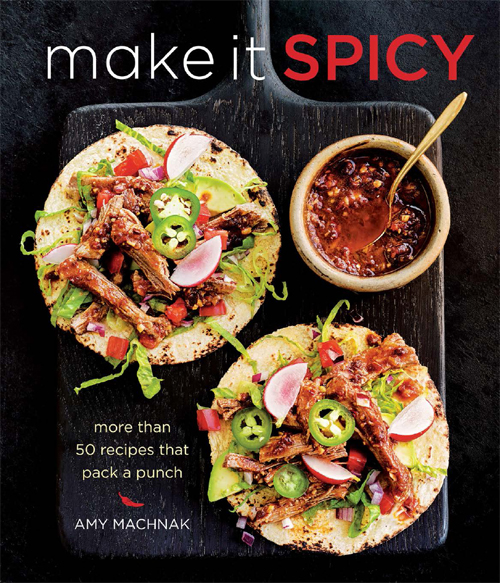make it
SPICY

AMY MACHNAK
photographs by
JOHN LEE



Turn up the Heat
This is my ideal dinner: Im sitting at a large table, with friends and family filling every available chair, and the meal lasts for hours. The group is laughing loudly, bringing out more food when we feel the urge, and the aroma of one delicious dish after another fills the air. Someone usually delivers a round of ice-cold beer or maybe a pitcher of margaritas just when its needed. And at the center of it all, the focus of everyones attention, are plates of fragrant, spicy, highly flavored foods. Maybe were exploring authentic Mexican with chipotle pulled beef accompanied with warm tortillas and bowls of jalapeos and cilantro. Or perhaps were enjoying a platter of Sichuan noodles, a tangle of perfectly cooked wheat noodles dressed with sesame and chile oils, sprinkled with fried peanuts and sliced chiles. If its Thai were craving, were likely spooning ladlefuls of rich and colorful curry over aromatic jasmine rice. Whatever the theme of the feast, the flavors are hot and spicy, and Im in no rush for the meal to end.
Centuries ago, chiles and spices were carried around the globe by land and sea and introduced to new kitchens. Now, theyre found in almost every cuisine in the world, and with good reason: They add flavor, nuance, and, of course, heat and spiciness to foods. But more than that, they add depth and character like no other ingredients can. Think about it: How good are tortilla chips without a fire-roasted salsa in which to dunk them? Would sushi be as delectable without wasabi? And lets be honest, in the absence of the jalapeo, poppers are just cheese sticks.
If youve picked up this book, you most likely have a fondness for hot and spicy foods. So, the next question is this: how hot is too hot? For some people, just a thin slice of serrano chile is enough to make them reach for a glass of water. Other folks are pouring on the hot sauce before the first bite.
are two great examples.
Flavor and speed arent the only benefits of cooking with these hot ingredients, however. Chiles are low in calories and sodium, high in vitamins A and C, and a good source of folic acid, potassium, and vitamin E. Along with spices, theyve long been used in Ayurvedic medicine, an ancient Hindu system emphasizing the medicinal properties of foods that is still practiced today as a complement to Western medicine. Capsaicin, a chemical compound naturally present in chiles, is what gives peppers their heat and much of their medicinal value. Today, capsaicin is used in over-the-counter treatments for a variety of medical needs.
No matter how you decide to turn up the heat in your cooking, using chiles and spices is an easy, healthy, and satisfying way to welcome flavor to the dinner table. So try a few recipes that sound exciting in the pages that follow. Get that glass of ice water ready if you think youll need it, but dont use it as an excuse not to experiment in the kitchen. Above all, enjoy these recipes with as many friends and family you can fit around the table.

A Guide to Heat Levels
The color of a chile has nothing to do with its heat level. In general, color signifies the maturity of the chile, with most specimens green when they are growing, and turning orange, yellow, or red as they ripen. Jalapeos are an excellent illustration of this gradual color change, as they are most commonly harvested and sold when they are green, that is, unripe. But if left to mature on the plant, they will eventually turn red, and occasionally you will see fully ripened jalapeos in the market.
The larger the pepper, the more mild the heat has also long been a guideline for selecting chiles. Thats because larger ones contain proportionally fewer seeds and membranes, or veins, which are the parts of the pepper that carry some 80 percent of the capsaicin, the source of their incendiary character. But that guideline is often unreliable, as anyone who has bitten into a surprisingly hot poblano chile will confirm. Instead, the best way to judge a chiles heat level is with the Scoville Scale.
In 1912, American chemist Wilbur Scoville developed a method to rate the pungency, or heat, of different chiles. He found that by measuring the amount of capsaicin, he could accurately rate different types of peppers. He then listed the peppers, arranging them from lowest to highest intensity, on a chart, and the Scoville heat unit (SHU) scale was born.
The process Scoville used to determine the heat level is straightforward. The capsaicin in the pepper is extracted and then mixed with a sugar syrup solution. The number of times that the mixture is diluted with the sugar solution until no heat is detected is how the pepper is assigned a rating. For example, the orange habanero chile, which is widely considered one of the hottest peppers commonly available, rates between 150,000 and 325,000 heat units on the scale. This means that it was diluted a minimum of 150,000 times and a maximum of 325,000 times before no trace of heat remained. Alternatively, if you use the same method to test a green bell pepper, the rating on the scale would be zero, as a bell pepper contains no capsaicin. The range between the two numbers can vary greatly due to a few factors, including the conditions under which the chile was cultivated, the variation within a species, and how accurately the test was administered.
But the biggest downfall of the scale is that it relies entirely on perception, that is, how much heat one person can handle. If youve ever shared a plate of nachos with someone, only to see him or her start to sweat while you were wondering why there is so much cheese and so few jalapeos, you understand the problem. Simply put, one persons opinion of hot is not universal.
How to Use This Book
Because the tolerance for chile heat varies so much, this book is designed to be user-friendly for a range of palates. There are three chapters, Mild, Hot, and Fiery, which relate to the lower, middle, and higher ends of the Scoville Scale.
In the Mild chapter, youll find recipes that have just a touch of heat, which can easily be adjusted higher, lower, or, in some cases, omitted completely. These recipes use milder chiles, such as a .
Recipes in the Hot chapter call for chiles in the middle range of the Scoville Scale, such as the jalapeo and the serrano, and often use a combination of chiles for complexity. These recipes, like , deliver a bigger kick, but are still usually enjoyed by anyone who is somewhat cautious about eating spicy foods.
The Fiery chapter is for people who like their foods hot and spicy, and thats where you will find the chiles on the upper end of the Scoville Scale, like the Thai chile and the Scotch bonnet. Youll also find recipes that call for larger quantities of medium-hot chiles, such as the guajillo in the Rack of Lamb with .

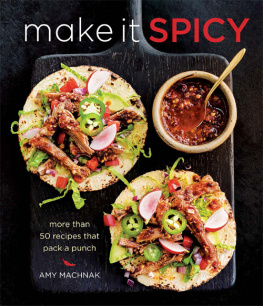
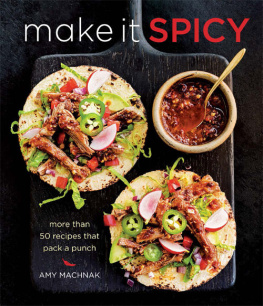
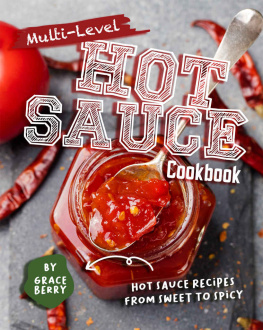

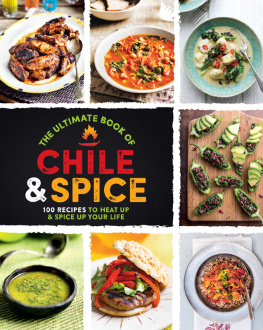


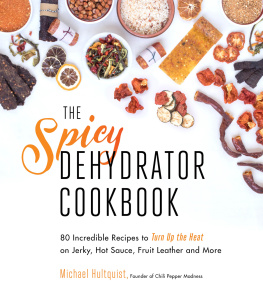
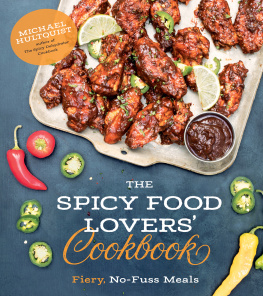

![Goldstein Darra - Fiery Ferments [eBook - Biblioboard]: 70 Stimulating Recipes for Hot Sauces, Spicy Chutneys, Kimchis with Kick, and Other Blazing Fermented Condiments](/uploads/posts/book/201436/thumbs/goldstein-darra-fiery-ferments-ebook.jpg)


